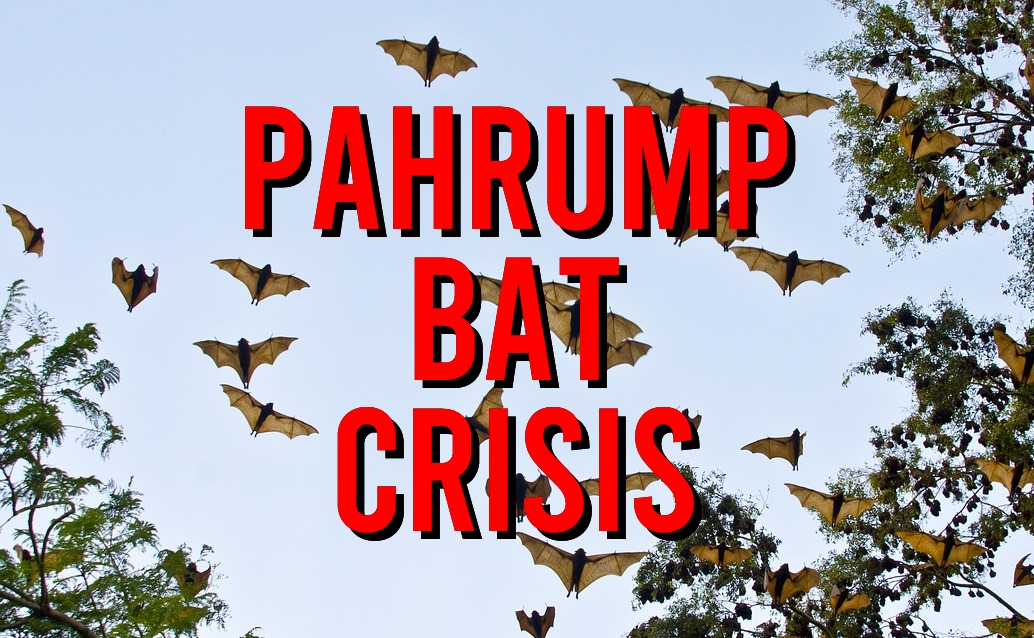
Pahrump’s serene environment is home to a diverse array of wildlife, including several bat species. While these flying mammals play a crucial role in maintaining ecological balance, it is imperative to recognize the potential risks they pose in terms of rabies transmission. This information seeks to shed light on the importance of staying informed, understanding the unique vulnerabilities of seniors, and adopting measures to protect these cherished members of our community.
Recognizing Potential Threats: Bat Species in Pahrump
Two bat species in particular have been identified as potential carriers of the rabies virus in the Pahrump area:
- Big Brown Bats (Eptesicus fuscus): These medium-sized bats are commonly found in the region and contribute significantly to insect control. However, the risk of rabies transmission necessitates a cautious approach when encountering them.
- Mexican Free-tailed Bats (Tadarida brasiliensis): Known for forming large colonies, these bats play a vital role in maintaining the local ecosystem. Yet, residents, especially seniors, must be vigilant due to the potential rabies risk.
Understanding Rabies: Identifying Symptoms and Risks
Rabies is a viral disease affecting the nervous system of mammals, including bats. Though some think the likelihood of encountering rabid bats is relatively low, the consequences of exposure can be severe, especially for vulnerable populations like seniors. The common symptoms of rabies in humans and animals include:
- Flu-like signs: Early symptoms may mimic those of the flu, such as fever, headache, and fatigue.
- Neurological changes: As the disease progresses, individuals may experience anxiety, confusion, hallucinations, agitation, and difficulty swallowing.
- Hydrophobia: Characterized by an irrational fear of water and difficulty swallowing, hydrophobia is a typical sign of rabies.
- Paralysis: In later stages, paralysis may develop, often originating from the bite area and spreading throughout the body.
Promoting Safety: Preventive Measures for Seniors
Seniors are particularly at risk due to potential health vulnerabilities. Therefore, adopting proactive safety measures is essential:
- Educate and Raise Awareness: Inform seniors about the potential risks associated with bat encounters and emphasize the importance of avoiding direct contact with bats and other wild animals.
- Ensure Safe Living Spaces: Work to secure residences and living spaces to prevent bats from roosting indoors.
- Pet Vaccination: Ensure that all pets are up-to-date on their rabies vaccinations, as pets can be carriers of the virus and pose a risk to seniors.
- Seek Prompt Medical Attention: In the event of potential exposure to bats or rabies, seniors should seek immediate medical attention to receive timely post-exposure prophylaxis.
Stay Vigilant
While bats contribute to the ecological balance in Pahrump, it is crucial to prioritize safety and vigilance, especially for seniors who may face heightened vulnerabilities. By remaining informed, understanding the signs of rabies infection, and implementing protective measures, we can ensure the well-being of all members of our community. Let us come together to safeguard our seniors and cherish the remarkable wildlife that surrounds us. Together, we can ensure a harmonious coexistence with bats and prioritize the safety of those who matter most.






